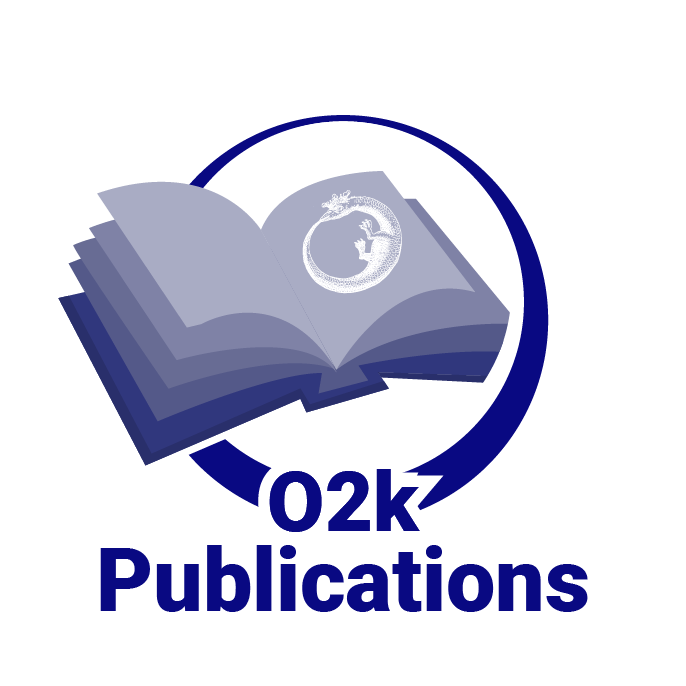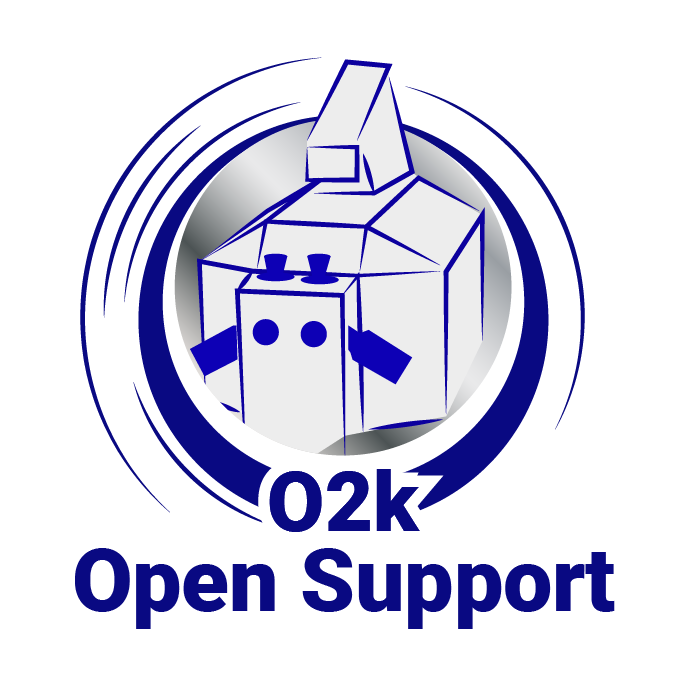Difference between revisions of "User talk:Tindle Lisa/My sandbox Support page v2"
From Bioblast
Tindle Lisa (talk | contribs) |
Tindle Lisa (talk | contribs) |
||
| Line 14: | Line 14: | ||
== About CureMILS == | == About CureMILS == | ||
:::: Led by Prof. Dr. Alessandro Prigione of the Heinrich Heine University, the CureMILS project aims to employ a novel approach to enable drug discovery of MILS. | :::: Mitochondrial DNA (mtDNA)-associated Leigh syndrome (MILS) is a severe early-onset brain disease affecting 1/100,000 newborns. MILS is typically caused by mtDNA mutations in the ATP-generating subunit MT-ATP6. There are no treatments available for MILS. In fact, drug discovery is particularly challenging for MILS. The limited access to patient neural tissue and the difficulty to manipulate mtDNA hinder the development of transgenic animal models and cellular models, which are needed for treatment discovery and development. Led by Prof. Dr. Alessandro Prigione of the Heinrich Heine University, the CureMILS project aims to employ a novel approach to enable drug discovery of MILS. | ||
===Aims=== | ===Aims=== | ||
:::: | :::: Our consortium will employ neural cells generated from MILS patients via cellular reprogramming to carry out a large-scale screening using marketed drugs, thereby allowing the identification of therapeutic strategies. | ||
:::: Our proof-of-concept study demonstrated that this approach is feasible and relevant. We propose to extend this approach using a large high-quality library of repurposable compounds (more than 5,500). We will validate hit compounds by combining mitochondrial profiling with multi-omics analysis using various reprogramming-derived neural models (neural progenitors, neurons, brain organoids, and blood-brain barrier cells) from different MILS patients. | |||
===Objectives=== | ===Objectives=== | ||
:::: | :::: Our consortium will identify drugs suited for repositioning as interventions in MILS, laying the foundation for a multi-national clinical trial and a concrete path towards a cure for MILS. | ||
:::: | :::: Moreover, we will establish a paradigmatic working pipeline for reprogramming-driven drug discovery and repositioning for rare neurological disorders. | ||
== Coordinator== | == Coordinator== | ||
::::* [[Prigione Alessandro| Alessandro Prigione, MD, PhD]] - Department of General Pediatrics, Neonatology, and Pediatric Cardiology at Heinrich Heine University, DE - https://www.neurosciences-duesseldorf.de/principal-investigators-and-junior-researchers/alessandro-prigione OR https://www.hhu.de/en/ | ::::* [[Prigione Alessandro| Alessandro Prigione, MD, PhD]] - Department of General Pediatrics, Neonatology, and Pediatric Cardiology at Heinrich Heine University, DE - https://www.neurosciences-duesseldorf.de/principal-investigators-and-junior-researchers/alessandro-prigione OR https://www.hhu.de/en/ | ||
| Line 74: | Line 31: | ||
== Network == | == Network == | ||
=== | ===Consortium members === | ||
::::* [https://www.ime.fraunhofer.de/en/Research_Divisions/business_fields_TM/screeningport.html Fraunhofer IME, Department ScreeningPort], DE | ::::* [https://www.ime.fraunhofer.de/en/Research_Divisions/business_fields_TM/screeningport.html Fraunhofer IME, Department ScreeningPort], DE | ||
::::* [https://www.uibk.ac.at/molbiol/index.html.en Institute for Molecular Biology, University of Innsbruck], AT | ::::* [https://www.uibk.ac.at/molbiol/index.html.en Institute for Molecular Biology, University of Innsbruck], AT | ||
Revision as of 16:13, 21 December 2020
User talk:Tindle Lisa/My sandbox Support page v2
"A reprogramming-based strategy for drug repositioning in patients with mitochondrial DNA-associated Leigh syndrome (MILS)"
"Project Name": "Funding Scheme"
- EJP RD JTC 2020: "PRE-CLINICAL RESEARCH TO DEVELOP EFFECTIVE THERAPIES FOR RARE DISEASES” - Project EJPRD20-010
- Duration: 36 months
- Start:
- Web:
About CureMILS
- Mitochondrial DNA (mtDNA)-associated Leigh syndrome (MILS) is a severe early-onset brain disease affecting 1/100,000 newborns. MILS is typically caused by mtDNA mutations in the ATP-generating subunit MT-ATP6. There are no treatments available for MILS. In fact, drug discovery is particularly challenging for MILS. The limited access to patient neural tissue and the difficulty to manipulate mtDNA hinder the development of transgenic animal models and cellular models, which are needed for treatment discovery and development. Led by Prof. Dr. Alessandro Prigione of the Heinrich Heine University, the CureMILS project aims to employ a novel approach to enable drug discovery of MILS.
Aims
- Our consortium will employ neural cells generated from MILS patients via cellular reprogramming to carry out a large-scale screening using marketed drugs, thereby allowing the identification of therapeutic strategies.
- Our proof-of-concept study demonstrated that this approach is feasible and relevant. We propose to extend this approach using a large high-quality library of repurposable compounds (more than 5,500). We will validate hit compounds by combining mitochondrial profiling with multi-omics analysis using various reprogramming-derived neural models (neural progenitors, neurons, brain organoids, and blood-brain barrier cells) from different MILS patients.
Objectives
- Our consortium will identify drugs suited for repositioning as interventions in MILS, laying the foundation for a multi-national clinical trial and a concrete path towards a cure for MILS.
- Moreover, we will establish a paradigmatic working pipeline for reprogramming-driven drug discovery and repositioning for rare neurological disorders.
Coordinator
- Alessandro Prigione, MD, PhD - Department of General Pediatrics, Neonatology, and Pediatric Cardiology at Heinrich Heine University, DE - https://www.neurosciences-duesseldorf.de/principal-investigators-and-junior-researchers/alessandro-prigione OR https://www.hhu.de/en/
Network
Consortium members
- Fraunhofer IME, Department ScreeningPort, DE
- Institute for Molecular Biology, University of Innsbruck, AT
- Radboud University Medical Center, Biochemistry, NL
- University of Helsinki, Research Program of Stem Cells and Metabolism, FI
- Institute of Genetics and Animal Biotechnology of the Polish Academy of Sciences, Department of Molecular Biology, PL
- Verona University, Department of Diagnostics and Public Health, IT
- Luxembourg Centre for Systems Biomedicine (LCSB) University of Luxembourg, LU
Collaborators
Oroboros project involvement
- Oroboros is a collaborator on the project providing infrastructure and expertise required to conduct respirometric measurements for the project.
CureMILS events
CureMILS publications
CureMILS dissemination
Links
Social Media
Research Networks
References
Additional information
Support
The EJP RD initiative has received funding from the European Union's Horizon 2020 research and innovation programme under grant agreement N°825575. EJP RD is coordinated by INSERM, France.





